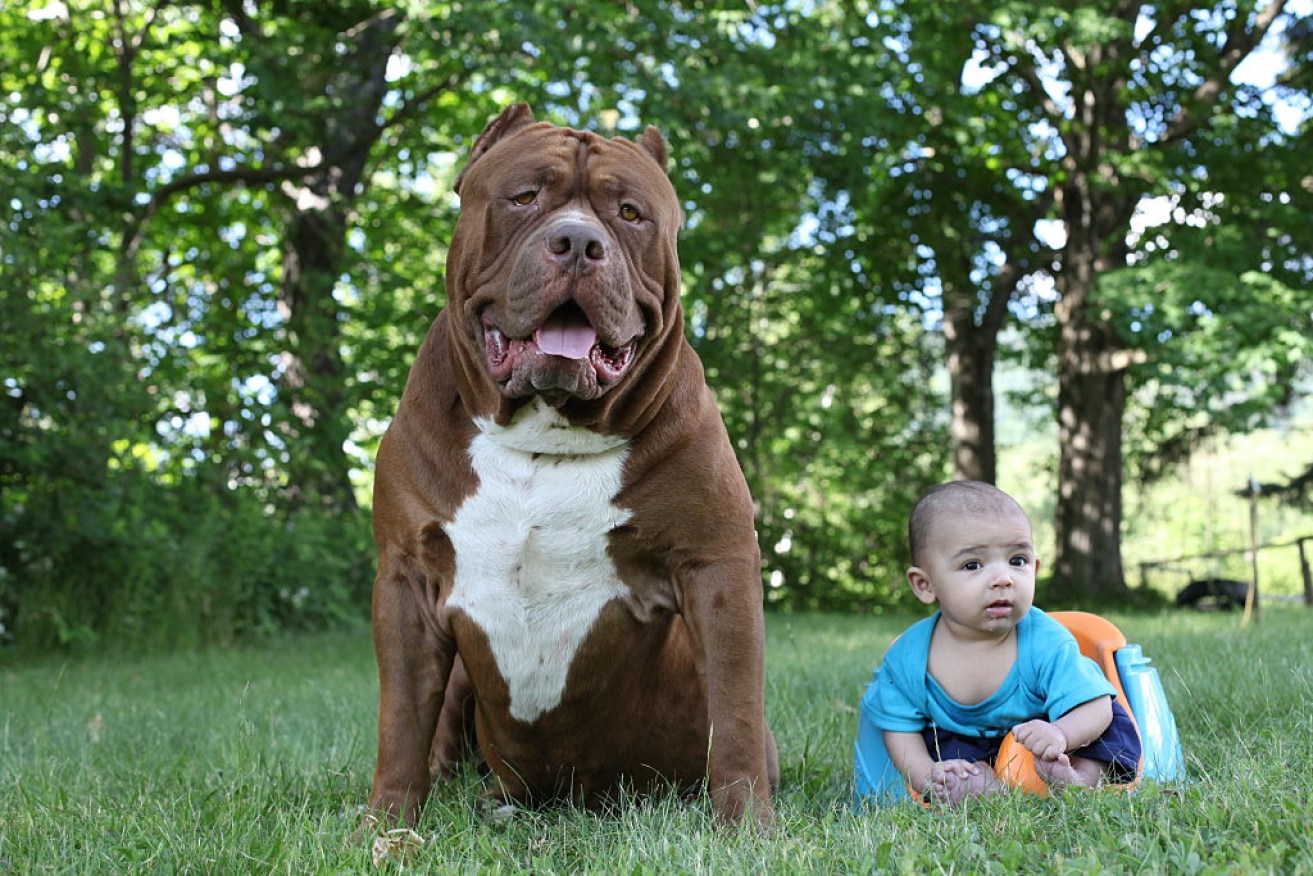Overly clean upbringing linked to childhood leukaemia, study finds


Children whose immune systems were not 'primed' were more likely to develop leukaemia, the study found. Photo: Getty
A landmark study has found that plonking your baby onto a blanket with older, runny-nosed children could prevent the onset of childhood leukaemia.
The study also poured water on the “persistent myths” that leukaemia is caused by ionising radiation, pollution, or electro-magnetic waves – theories that have added to a century-long controversy in the search for a leukaemia origin story.
Professor Mel Greaves, of the Institute of Cancer Research (ICR) in London, said his research review clearly shows acute lymphoblastic leukaemia is more likely to occur to develop in wealthy countries, where it is on the rise – at the rate of about 1 per cent a year – and where there is a greater tendency to create germ-free home environments.
Acute lymphoblastic leukaemia (ALL) is a form of cancer in which blood-producing cells in the bone marrow don’t mature properly and grow too fast. It is the most common form of childhood leukaemia.
In launching the study, published in Nature Reviews Cancer, Professor Greaves was at pains to say parents should “in no way” be blamed for their children developing leukaemia.
But he urged them to facilitate contact between their babies and “as many other children as possible” in the first year of life. By doing so, their immune system becomes “primed” for fighting serious illness.
Professor Greaves’ paper assessed 30 years of research, compiled from around the world, into the genetics, cell biology, immunology, epidemiology and animal modelling of childhood leukaemia.
He found that developing acute lymphoblastic leukaemia (ALL) is a two-stage process.
Like most cancers, the first step involves a genetic mutation that occurs before birth, in the foetus. While this predisposes children to ALL [acute lymphoblastic leukaemia], only 1 per cent of children born with this genetic change go on to develop the disease.
The second step is when the disease is triggered, later in childhood, by exposure to one or more common infections – such as a cold. But this occurs mainly in children who were kept in hygienic bubbles in the first year of life, with little exposure to other children.
“The research strongly suggests that ALL has a clear biological cause and is triggered by a variety of infections in predisposed children whose immune systems have not been properly primed,” said Professor Greaves said in a prepared statement from the ICR.
Professor Greaves said that the triggering role of infection was specific to ALL – and that rarer types of leukaemia, including infant leukaemia and acute myeloid leukaemia, were probably triggered by different mechanisms.
Professor Greaves, director of the Centre for Evolution and Cancer at the ICR, has spent more than 40 years researching childhood leukaemia and “over that time there has been huge progress in our understanding of its biology and its treatment … so that today around 90 per cent of cases are cured”.
But he felt that something big was missing, “a gap in our knowledge … why or how otherwise healthy children develop leukaemia”.
He said the most important implication of his research “is that most cases of childhood leukaemia are likely to be preventable. It might be done in the same way that is currently under consideration for autoimmune disease or allergies … perhaps with simple and safe interventions to expose infants to a variety of common and harmless ‘bugs'”.
The study has predictably been widely reported around the world and, despite the highly contested arena occupied by leukaemia research, there are so far no loud dissenting voices in the scientific community.
Professor Michael Sullivan, a paediatric oncologist at Melbourne’s Royal Children’s Hospital, and Professor of paediatrics at the University of Melbourne, has been teaching the theory behind Professor Greaves’ paper for the last five to 10 years to medical students.
“The question is, can we prevent children from developing ALL by way of a vaccine or exposure to infection?’’ Professor Sullivan told The New Daily.
“Well, that’s what we all want. It’s been achieved with other cancers and it’s not impossible with ALL. Particularly with the science being so sound.”
Some, however, offer a word of caution about babies being placed among unwell children.
As Donna Lancaster, a paediatric oncologist at The Royal Marsden NHS Foundation Trust, told New Scientist: “This still needs further investigation and any exposure of young children to infection has to be balanced with the risk of the infection.
“In the future, there may be ways to develop an immunisation which mimics this process in order to prevent leukaemia from developing.”








